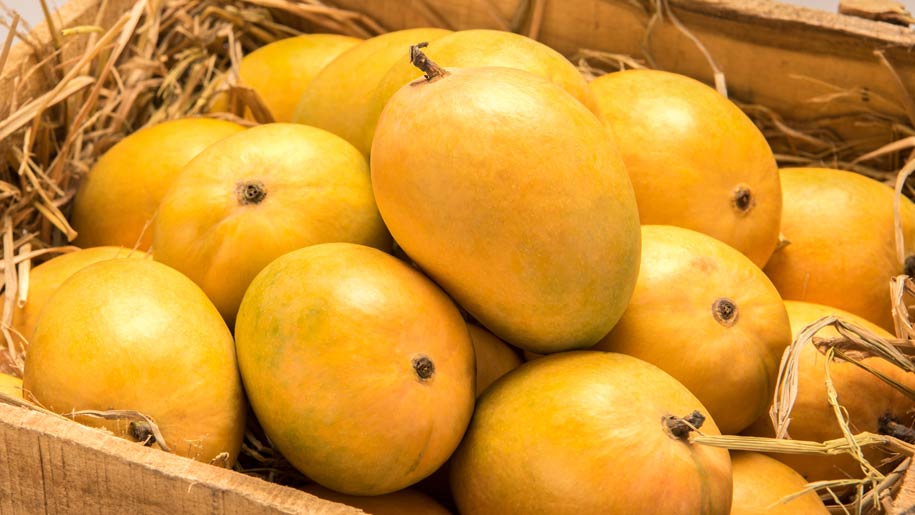Mango – ‘Royal Fruit’ & Brain Food – A Nutritional Diversity Select
Brain Food
Galla hormone production in the brain is supported by mango, it is a brain fruit, and this is why I have chosen it as a Nutritional Diversity original 30 – the first 30 plant species written about on NutritionalDiversity.com. Other reasons for this priority selection are it’s alkaline and anti-cancer properties (cancer is one of today’s leading health afflictions), effectively and well studied against several of the most common cancers.
Mango leaves and tree’s are great members of the farm, providing great cover, aroma, and we use the baby leaves in our green smoothies, often. The mango peel, is also rich in phytonutrients, such as the pigment antioxidants like carotenoids and polyphenols, so after you create your super solid snack with mango, save the peel for a face wipe (see ‘topical application’ below) or include into a later day smoothie.
Mango contains enzymes that help in breaking down protein, to include high levels of glutamine acids. The fibrous nature of mango helps in digestion and elimination. It is is rich in pre-biotic dietary fibre, vitamins, minerals, and good sugars for blood building and nutrient uptake.
Brain Chemicals & Neurologically Stimulating Foods
I really like mango’s a lot a few times in the week, because they are brain food, they really activate the senses especially while in the meditative or training-meditative zone. It is even said that mango’s stimulate or strengthen the effects of other neurologically activating foods. So those of you advanced in Nutritional Diversity Science who are starting to narrow more effective shakes and come up with more dynamic combinations, remember mango’s and brain stimulating fruits. So take mango with other certain herbal supplements, and while you study, and want to hone your focus.
 STAR STUDENT BUILDER
STAR STUDENT BUILDER  STAR STUDENT BUILDER
STAR STUDENT BUILDER 
Stay Up to Date With Whats Happening